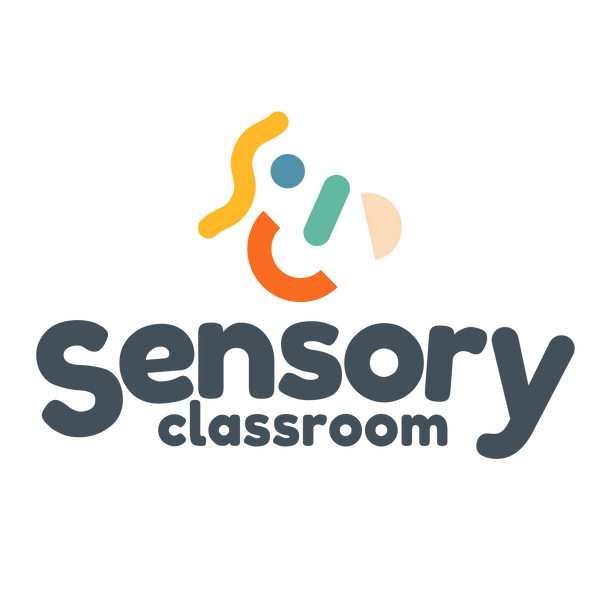In SEND education, we often hear the term “age appropriate” thrown around—especially in mainstream settings and formal observations. But for disabled and neurodivergent learners, “age appropriate” can often feel more limiting than liberating.
Instead, I want to offer something better:
“Person appropriate.”
Because when we stop asking what’s right for their age and start asking what’s right for them, we finally begin to build classrooms—and lives—that truly include everyone.
One teacher put it perfectly when they told a parent, “You buy him age 7–8 clothes because they fit, even though he’s 6—so if toys recommended for 18 months ‘fit’ him developmentally, buy those too.” That single moment of permission and perspective completely transformed how the parent approached their autistic child’s needs. It’s a reminder that just like clothing, learning tools, toys, and interests should be chosen based on what fits the individual—not what’s printed on the label.
What Does “Age Appropriate” Really Mean?
The idea of “age appropriate” is rooted in neurotypical developmental milestones. It assumes that every child of a certain age should play a certain way, speak a certain way, and enjoy a certain set of things. But for many of our learners, those milestones just aren’t relevant.
Let’s be honest:
Many neurotypical adults still love Disney movies.
Some teenagers collect Squishmallows.
And I know plenty of professionals who use fidgets or prefer soft pyjamas.
So when an autistic 14-year-old wants to play with trains or watch Peppa Pig to self-soothe—why do we suddenly call it “inappropriate”?
"Person Appropriate" respects interest and autonomy
Using the term “person appropriate” reminds us to respect an individual’s preferences, needs, and regulation strategies—without judgment. Because:
- Enjoyment is not immature.
- Comfort is not babyish.
- Repetition is not a problem.
What matters is why the person is engaging in the activity. If it brings joy, comfort, or regulation—it’s appropriate.
As I said in a recent Instagram conversation:
“Anyone can really be interested in anything, so long as it’s their choice.”
It’s up to us, as the supporting adults, to make sure that we’re offering a range of options—not narrowing the world down based on an outdated idea of what is or isn’t “normal.”
Real-Life Example:
In a recent chat with @spectrumpatronum, we discussed how often autistic students are told that using a bottle or specific comfort item “isn’t appropriate” for their age. But as they said so brilliantly:
“I’d rather he drank from a ‘baby’ bottle at the age of 11 than not drink at all.”
YES.
It’s not a “baby” bottle.
It’s just a bottle.
And if it helps that child meet a need safely, then that should be celebrated—not policed.
Inclusion Means Access, Not Appearance
We can’t say we’re being inclusive if we’re still asking disabled children to “look the part” before they’re fully welcomed. True inclusion means:
- Meeting each learner where they are
- Honouring regulation strategies without shame
- Valuing all play and interests as valid
- Creating a classroom where everyone is seen and heard
Let’s stop trying to “normalise” our learners. They don’t need to fit into a box—they need us to open the box wider.
Final Thought
If your instinct is to say, “That’s not age appropriate,” try asking instead:
“Is this person appropriate?”
If it brings connection, joy, confidence or calm—it belongs.
Looking for more support?
- Listen to EP 31: Teaching Autistic High Support Needs Teenagers
- Download my choice boards saved to my storage drive to help create inclusive choices and better learn what your learners love
- Book a virtual consultancy session to reflect on your classroom practice with me
You’re doing amazing work. Let’s keep creating spaces where personhood always comes before performance.
MORE READING:

